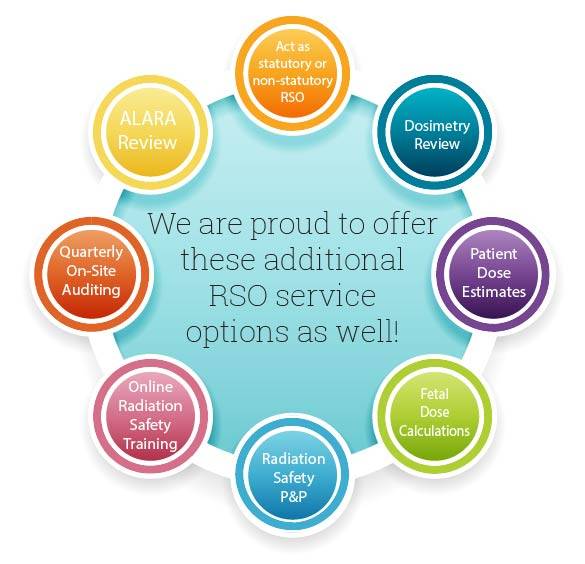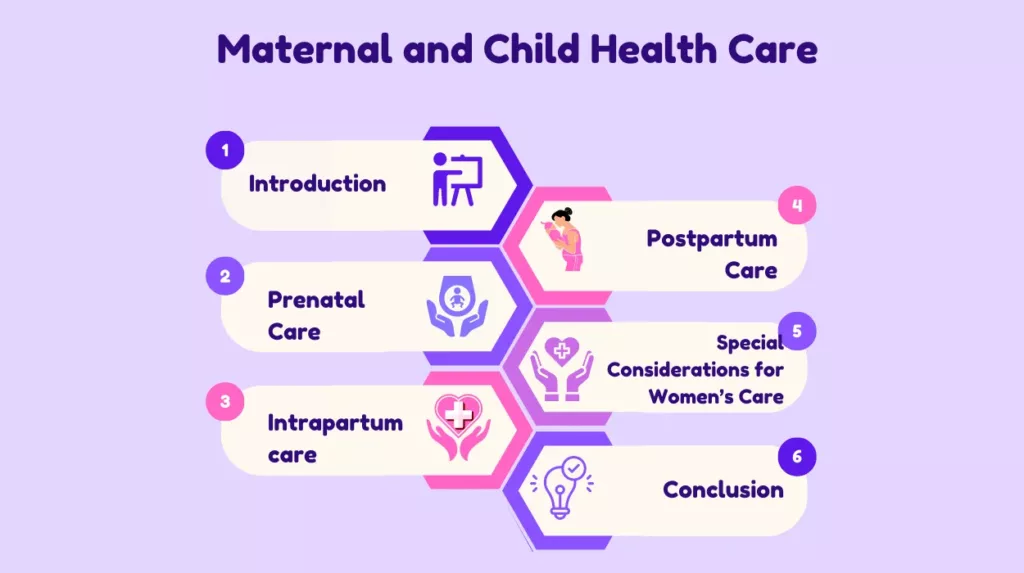Understanding Hospital Emergency Codes: A Comprehensive Guide
In the fast-paced environment of a hospital, clear and efficient communication is critical for patient safety and staff coordination. Hospital Emergency codes are a universal language in healthcare settings, designed to convey vital information quickly without alarming patients or visitors. Whether you’re a healthcare professional, patient, or visitor, understanding these codes can be invaluable in navigating hospital emergencies.
What Are Hospital Emergency Codes?
Hospital emergency codes are standardized color or number-based signals used to alert staff to specific emergencies. Each code represents a particular type of situation, such as a medical emergency, fire, or security threat. These codes are typically announced over the hospital’s intercom system, ensuring rapid response while maintaining confidentiality and calm.
Common Hospital Emergency Codes and Their Meanings
- Code Blue: Medical Emergency
- Indicates a life-threatening medical situation, such as cardiac arrest or respiratory failure.
- Response: A specialized resuscitation team is dispatched immediately.
- Example: “Code Blue in Room 205.”
- Code Red: Fire or Smoke
- Signals the presence of fire or smoke in the facility.
- Response: Staff follow fire safety protocols, including evacuation if necessary.
- Example: “Code Red in the ICU.”
- Code Pink: Infant or Child Abduction
- Alerts staff of a possible infant or child abduction.
- Response: Lockdown procedures are initiated, and security is heightened.
- Example: “Code Pink in the Maternity Ward.”
- Code Black: Bomb Threat
- Indicates a bomb threat or suspicious package.
- Response: Security assesses the threat, and evacuation plans may be implemented.
- Example: “Code Black in the ER.”
- Code Orange: Hazardous Material Spill
- Refers to chemical or biological hazardous material spills.
- Response: Staff trained in hazardous material protocols contain the spill and minimize exposure.
- Example: “Code Orange in Laboratory 3.”
- Code Yellow: External Disaster
- Indicates an external disaster, such as a mass casualty event or natural disaster.
- Response: The hospital prepares to receive a surge of patients and mobilizes emergency resources.
- Example: “Code Yellow activation.”
- Code Grey: Aggressive or Combative Person
- Alerts staff to a situation involving an aggressive or violent individual.
- Response: Security and trained personnel manage the situation to ensure safety.
- Example: “Code Grey in the Waiting Area.”
- Code White: Evacuation
- Signals the need for evacuation due to various emergencies, such as structural damage or gas leaks.
- Response: Staff guide patients and visitors to safety according to evacuation plans.
- Example: “Code White on the third floor.”
Why Are Hospital Emergency Codes Important?
- Quick Response:
Emergency codes enable staff to act promptly, reducing response time during critical situations. - Patient and Visitor Reassurance:
Using discreet codes prevents unnecessary panic among patients and visitors. - Streamlined Communication:
Standardized codes ensure clarity across departments, even in high-pressure situations. - Enhanced Safety:
Well-defined codes contribute to a safer environment for both patients and staff.
Training and Awareness
Hospitals regularly train staff on emergency codes to ensure preparedness. Training sessions include:
- Recognizing code meanings.
- Understanding the specific responsibilities tied to each code.
- Conducting mock drills to simulate real-life emergencies.
For patients and visitors, some hospitals provide informational brochures or display emergency code guides in waiting areas.
Challenges in Standardizing Emergency Codes
Despite their utility, emergency codes can vary by region or hospital. For instance, “Code Blue” universally means a medical emergency, but other codes like “Code Black” might have different meanings in different facilities. Efforts are ongoing to establish nationwide or global standardization for better consistency.
Conclusion
Hospital emergency codes are the backbone of effective emergency management in healthcare facilities. They ensure swift communication, enhance safety, and maintain order during crises. By understanding these codes, everyone in a hospital environment can contribute to a safer and more efficient response to emergencies.











Leave a Reply